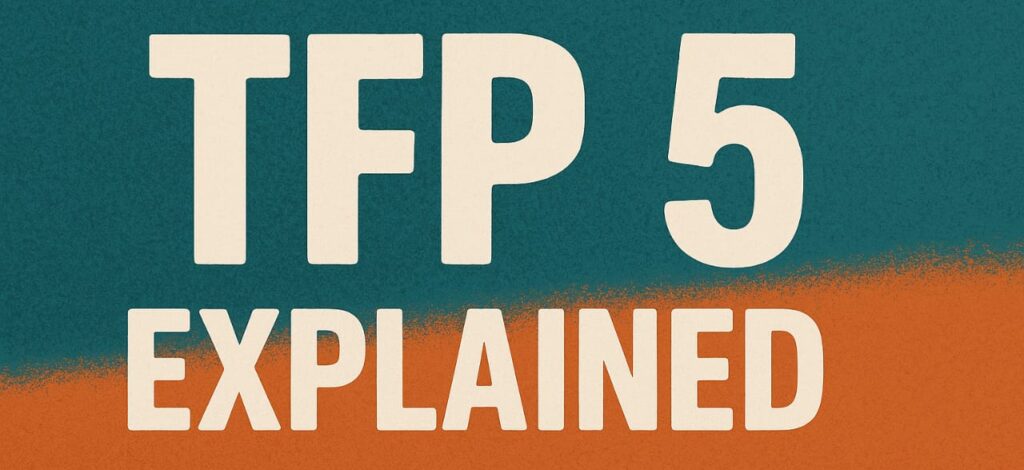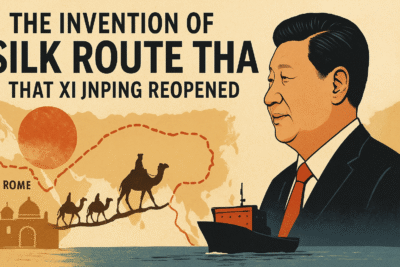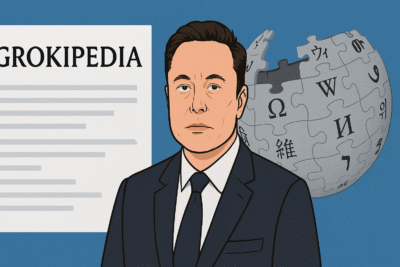
TFP 5 Explained
1.
Why Indian astronaut Shubhanshu Shukla’s SpaceX Ax-4 mission matters
Who: Indian astronaut Shubhanshu Shukla, a pilot from the Indian Air Force and the second Indian citizen to travel to space after Rakesh Sharma in 1984.
What: He joined the SpaceX Ax-4 mission, a 14-day commercial spaceflight to the International Space Station (ISS) involving over 60 scientific experiments from 31 countries.
When: The mission launched on June 25 at 12:01 pm IST after overcoming multiple delays due to weather and technical issues. This comes over 40 years after first Indian space traveller Rakesh Sharma undertook a journey to outer space, and when India is planning to launch a manned space mission in near future.
Where: The mission launched from the United States and is headed to the ISS orbiting Earth.
Why: The mission aims to advance scientific research and strengthen India’s role in international space exploration.
How: Shukla travelled aboard a SpaceX Crew Dragon spacecraft as part of a commercial astronaut mission.
So What: This mission marks a major milestone for India’s space ambitions, being only the second Indian in space after 1984. It enhances India’s scientific collaboration globally and inspires youth interest in STEM fields. Shukla’s journey signals India’s re-entry into human spaceflight after a 41-year gap since Rakesh Sharma’s Soviet-era mission. His statement at launch — that this was the beginning of India’s human spaceflight era — underscores a new chapter where crewed missions could become routine. This mission boosts India’s global stature in space, accelerates ISRO’s Gaganyaan plans, and inspires the nation’s youth. It also exemplifies India’s growing engagement in international public-private space partnerships, critical for future exploration and technology development.
2.
Why monsoon remains a serious concern in rain-hungry India
What: The monsoon season has triggered heavy rainfall, raising concerns about flooding and waterlogging in vulnerable areas in several states.
Who: The Indian Meteorological Department (IMD) has issued various alerts for heavy rainfall to warn residents of northern and eastern states such as Assam, Bihar, and Uttar Pradesh.
When: Monsoon has been early in many states this year. The rainfall started in early June, and continues through the monsoon season.
Where: Northern and eastern India, particularly flood-prone states.
Why: The monsoon is critical for agriculture but excessive rain has led to flooding concerns.
How: Seasonal weather patterns bring moisture-laden winds from the Arabian Sea and Bay of Bengal, causing widespread precipitation.
So What: While the monsoon supports agriculture and water supplies, floods threaten lives, property, and infrastructure. Authorities are on alert to manage disaster response and minimise damage.
3.
Why UK is now boosting nuke power with 12 F-35A fighter jets
What: The UK plans to acquire 12 F-35A stealth fighter jets capable of carrying nuclear weapons.
Who: The United Kingdom government and Royal Air Force are the main actors.
When: This announcement was made this week.
Where: The jets will be integrated into the UK’s defence forces.
Why: To restore airborne nuclear deterrence, which was phased out in the 1990s, amid rising global security threats.
How: By procuring advanced stealth aircraft equipped for nuclear missions, enhancing strategic capabilities.
So What: This decision signals a significant upgrade in UK defence policy, reflecting concerns over international instability and the need to maintain credible nuclear deterrence.
4.
Can Delhi really curb pollution? Government hopes cloud-seeded artificial rain can
Who: The Delhi government, IIT Kanpur, Indian Meteorological Department (IMD), and Ministry of Defence are collaborating.
What: They have launched a cloud-seeding trial to induce artificial rainfall.
When: The trial began this month.
Where: The project is being conducted over the Delhi region.
Why: To combat Delhi’s severe air pollution and water scarcity during summer months.
How: By spraying a mixture of silver iodide, powdered rock salt, and iodized salt into suitable clouds to encourage rain formation.
So What: If successful, this innovative approach could become a model for urban pollution control and water management, addressing critical environmental challenges in Delhi and other cities.
5.
Why Chinese economy is not listening to its government
What: China has unveiled a comprehensive economic stimulus package. This is the latest in the series of economic aid plans that the communist government has been announcing for months, beginning in 2024.
Who: The Chinese government and economic policymakers are responsible for the stimulus.
When: The announcement was made on June 24 during the Nato summit in The Hague.
Where: The stimulus targets the Chinese domestic economy.
Why: To address slowing economic growth amid global uncertainties and trade tensions.
How: The package includes increased infrastructure spending, tax cuts for small businesses, and incentives to boost domestic consumption.
So What: This stimulus aims to stabilise China’s economy, support employment, and maintain its role as a global economic engine, with potential ripple effects worldwide.




1 thought on “TFP 5 Explained: Top 5 news from India and the world you might have missed – June 26, 2025”